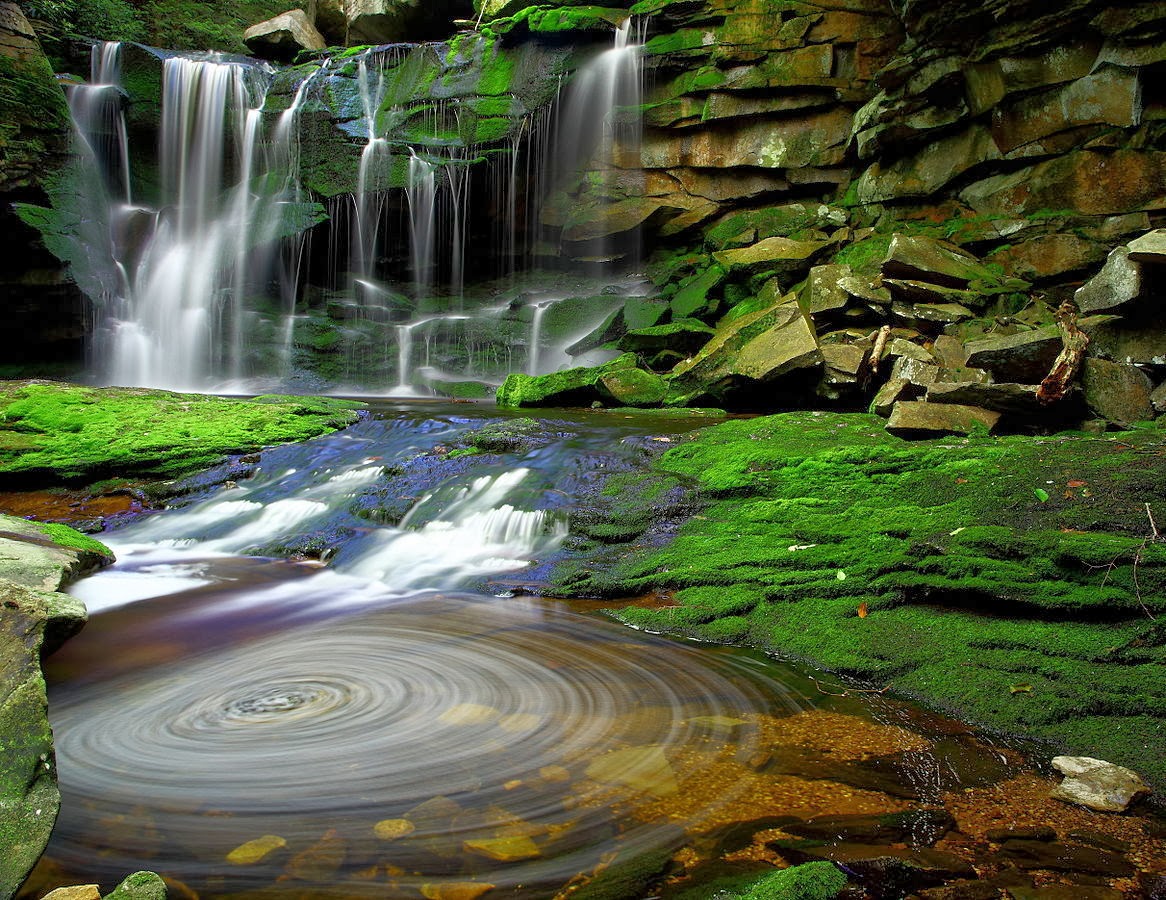The Painted Hills are nature’s
eye candy in a kaleidoscope of colors and one of the three units that make up
the John Day Fossil Beds National Monument, situated in Wheeler County, Oregon.
The Painted Hills is so called for the intriguing layers and banded striations
that happen on its hills corresponding to numerous geological eras, designed
when the area was an ancient river flood-plain. The remarkable colors appear nearly
peculiar and hand-painted. The exclusive colors that line the clay rich hills
and mounds were shaped more than thirty five million years ago by volcanic ash
layers deposited by ancient eruptions when the area was a river plain.
With the
passage of time, the layers of ash containing diverse minerals compacted and
solidified into the several bands of colors seen today. The black soil is
lignite that was vegetative matter that grew along the floodplain. The grey
coloring is mudstone, siltstone, and shale and red and orange hues are from
laterite soil that shaped by floodplain deposits when the area was warm and
humid. Furthermore, the colors shift and change throughout the day and through
seasons and diverse weather due to the variable angles of the sun. The finest
time to visit the hills is after a rainstorm when every color is intensified.
Colors range from burnt red, amber, orange, yellow, and gold, with streaks of
black and grey. Between April and May, rivers of little yellow flowers run down
within the cracks of the reddish hills making strong leading lines and colorful
contrast. The scene draws hundreds of landscape photographers and artists to
the place. Moreover; more busy time of the year is in winter, after a light
dusting of snow.
The stark white of the snow juxtaposed against the colorful
striations makes for a robust composition. Visitors are invited to come and
discover these wonderful Eastern Oregon landscapes of mountains, grasslands,
canyons and ancient rock formations, fossil hunting, Thomas Condon Paleontology
Museum or take a scenic boat trip down the John Day River, go cross-country
skiing or mushroom hunting in the Ochoco National Forest and Hike on hidden
trails into the wilderness to experience the wild beauty of Mother Nature! View
the antelopes, deer, coyotes, humming birds and butterflies, and relish the
starry skies in the profound silence of the nights. The area of Painted Hills
unit is open year-round with easy entree for all people. You can with no
trouble pass a day here or come again and again without ever feeling that
you’ve seen it all. There are a handful of well-marked trails to guide you
through the park, as there are proper maintained picnic areas parking lots and
great information signs explaining the numerous geological and natural
processes that occurred here through different eras. After a full day of
adventures, you will enjoy peaceful sanctuary and the ideal place to spend
quality time with yourself or with loved ones.

































































